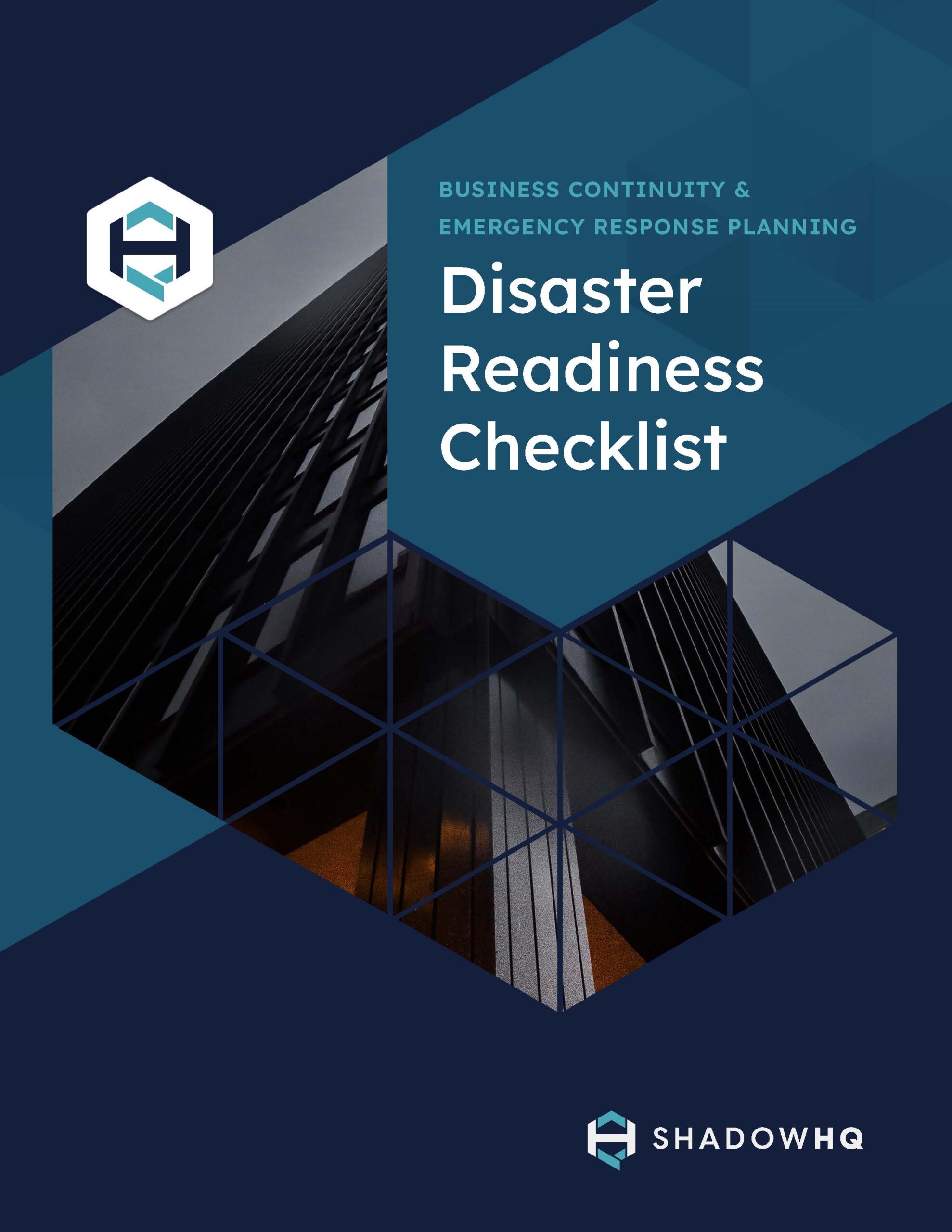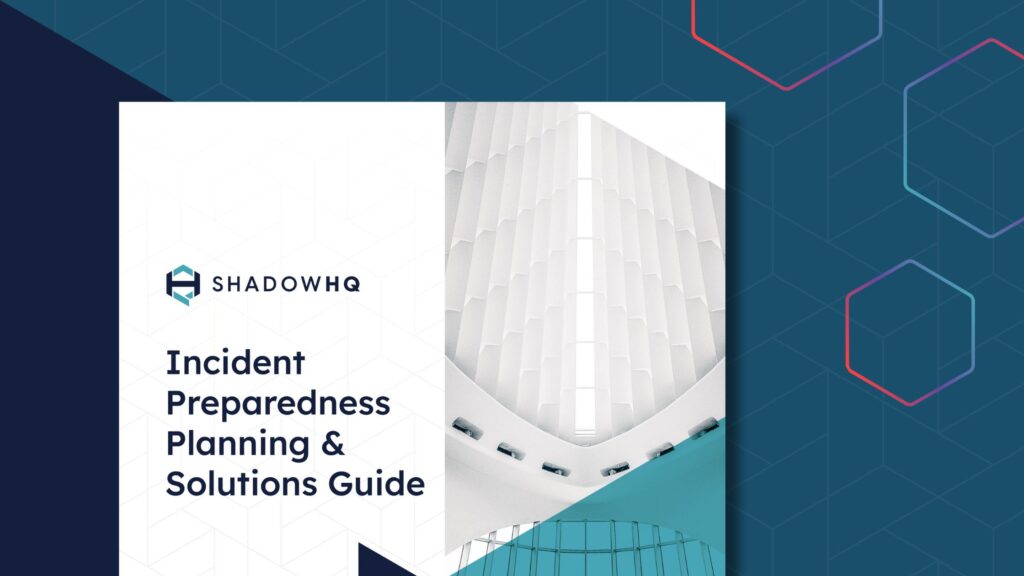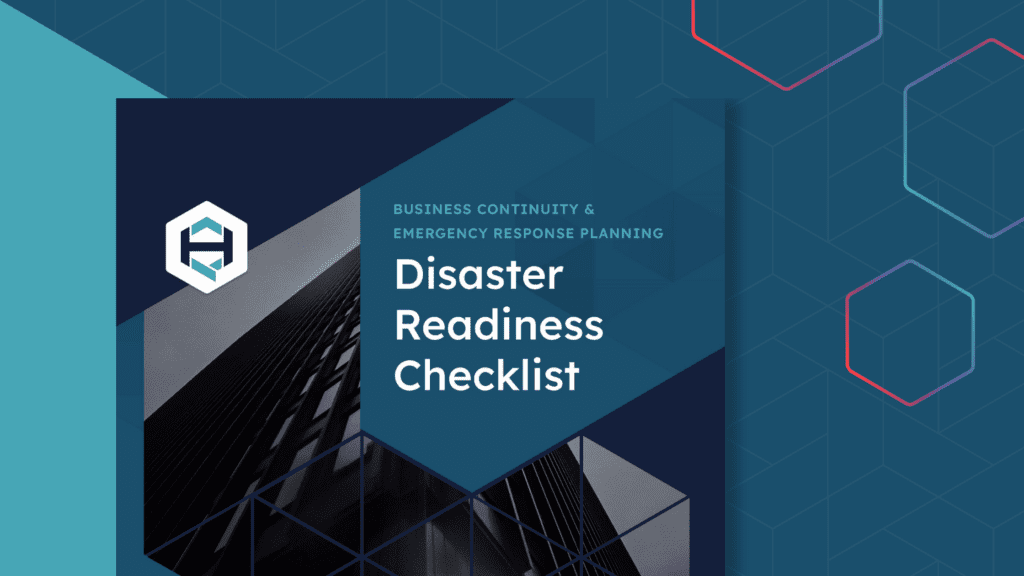5 Steps to Optimize Business Continuity Planning
5 Steps to Optimize Business Continuity Planning: Insights for Crisis and Continuity Management
Organizations face an array of potential disruptions ranging from cyberattacks to natural disasters. An effective business continuity plan is essential to ensure critical operations can continue during a crisis and rapidly recover afterward. Business continuity planning involves identifying potential risks and threats, assessing their impact, and developing strategies to mitigate or respond to them.
Optimizing business continuity planning is not just about preparing for the unexpected; it’s about ensuring your organization can thrive in the aftermath of disruptions. Instead, optimizing a business continuity plan involves a comprehensive structured approach that enhances an organization’s response to crises with resilience and recovery capabilities by incorporating comprehensive business continuity strategies.

Understanding Business Continuity Planning
Creating a business continuity plan requires a deep understanding of the business’s critical functions, a thorough assessment of potential risks, and the development of robust strategies to mitigate those risks. The goal is to minimize downtime while safeguarding reputation and compliance.
This article will guide you through the steps of developing a business continuity plan, from understanding the concept of business continuity management to implementing and testing the plan.
To help build resilience, we’ll break down how you can prepare your organization for disruptions while enhancing its ability to respond and recover to keep the business running. Addressing business interruption within this framework is crucial, as unforeseen events can disrupt operations and lead to significant losses.
1. Conduct a Business Impact Analysis (BIA)
A Business Impact Analysis (BIA) is critical for understanding the potential effects of disruptions on your business. The process begins by identifying key business functions and the processes that support them. For each function, determine the maximum tolerable downtime and the minimum resources needed to resume operations.
Take the time to evaluate disruptions’ financial, operational, legal, and reputational impacts on these functions. Quantifying the impact of lost sales, increased costs, customer dissatisfaction, and compliance penalties is essential for prioritizing recovery efforts.
Consider and evaluate all internal and external risks that could lead to such disruptions, including:
Natural disasters
Cyber attacks
Supply chain failures
A range of other crises.
Your BIA should be a living document, reviewed annually or when significant changes occur in the business environment or operational structure.
2. Develop Recovery Strategies
Developing effective recovery strategies involves setting clear, achievable recovery objectives for each critical function identified in the BIA. Define recovery time objectives (RTOs) and recovery point objectives (RPOs) that align with business needs and customer expectations.
Strategies will vary based on how they address identified risks and effects. This may include contracting with alternate suppliers, using cloud services for critical IT applications, or setting up reciprocal agreements with similar organizations. Identifying risks and responsibilities is a critical step in business continuity planning. This involves conducting a risk assessment to identify potential threats and vulnerabilities, as well as assigning responsibilities to individuals and teams for responding to crises. Risk management professionals play a key role in this process, as they help organizations identify and mitigate risks. Implementing these strategies often requires investment in technology, training, and possibly facilities.
Ensure that each strategy is feasible and offers a practical path to restoring business operations within the time frames your BIA dictates. Strategies should be regularly tested and reviewed to adapt to new business conditions and emerging threats.
3. Create Continuity Plans
Each continuity plan should provide a detailed, step-by-step response strategy for maintaining and restoring business operations during a disruption. Document the critical actions to take, who will take them, and the resources required. Include contact lists, resource requirements, and procedures for escalation.
The plan should include strategies for responding to different types of crises, such as natural disasters, cyber attacks, and business interruptions, reflecting the most significant risks identified in the BIA. It should also include procedures for communicating with stakeholders, managing resources, and restoring critical business processes. These plans must clearly state the roles and responsibilities of each team member, communication protocols during a disruption, and the steps to transition back to normal operations.
Additionally, overarching protocols and procedures should also be created so teams are prepared for less-common incidents that may still become reality.
Integration with other organizational plans, like emergency response and IT disaster recovery, is essential for a cohesive strategy. The plan should be regularly reviewed and updated to incorporate changes in the business environment and lessons learned from exercises and actual incidents.
4. Train and Exercise
Training and testing ensure all employees understand their roles and responsibilities in the continuity plans. Regular training sessions should be mandatory, focusing on familiarizing staff with the plans and updating them on any changes. Training should be practical, engaging, and reflective of real-world scenarios.
Conduct regular drills and simulation exercises to test the plans in action. These exercises should involve everyone who has a role in the plans and be as realistic as possible.
Analyze the outcomes of these exercises to identify any weaknesses or areas for improvement in the plans. This practice not only tests the plans’ functionality but also helps keep the procedures fresh in the minds of employees and management.
5. Review and Improve
Continuous improvement is crucial for the efficacy of business continuity plans. Regularly scheduled reviews should assess the plans’ adequacy and incorporate feedback from recent training exercises and real incidents. These reviews should consider changes in the business landscape, emerging technologies, and evolving threats.
Encourage feedback from all stakeholders involved in the exercises and incident responses. Use this feedback to identify gaps in the plans and areas where procedures could be streamlined or enhanced. Regular updates to the plans help ensure they remain relevant and effective in the face of new challenges.
Take the time to expand on each step ensures that your business continuity planning is thorough and robust, keeping your organization resilient in the face of disruptions.
How Will Your Business Handle Disruptions with Business Continuity Planning?
Optimizing your business continuity plan is essential to ensure resilience and robust recovery capabilities in the face of disruptions. By following the detailed steps we’ve explored above, you equip your organization to handle unforeseen challenges effectively with business continuity planning management.
While these steps to optimizing your business continuity plan provide a solid foundation, having a comprehensive disaster readiness checklist can further enhance your preparedness efforts.
A well-crafted checklist ensures nothing is overlooked and that every aspect of your continuity strategy is ready to be deployed when needed.
How ready is your organization to recover in the face of disaster? We encourage you to download our detailed disaster readiness checklist to evaluate your organization’s preparedness level.

EWEBINAR
Experience the ShadowHQ platform
Walk through a cyber breach scenario in a 15 minute demo.

GUIDE DOWNLOAD
Disaster Readiness Checklist
When an emergency happens, every minute counts.


